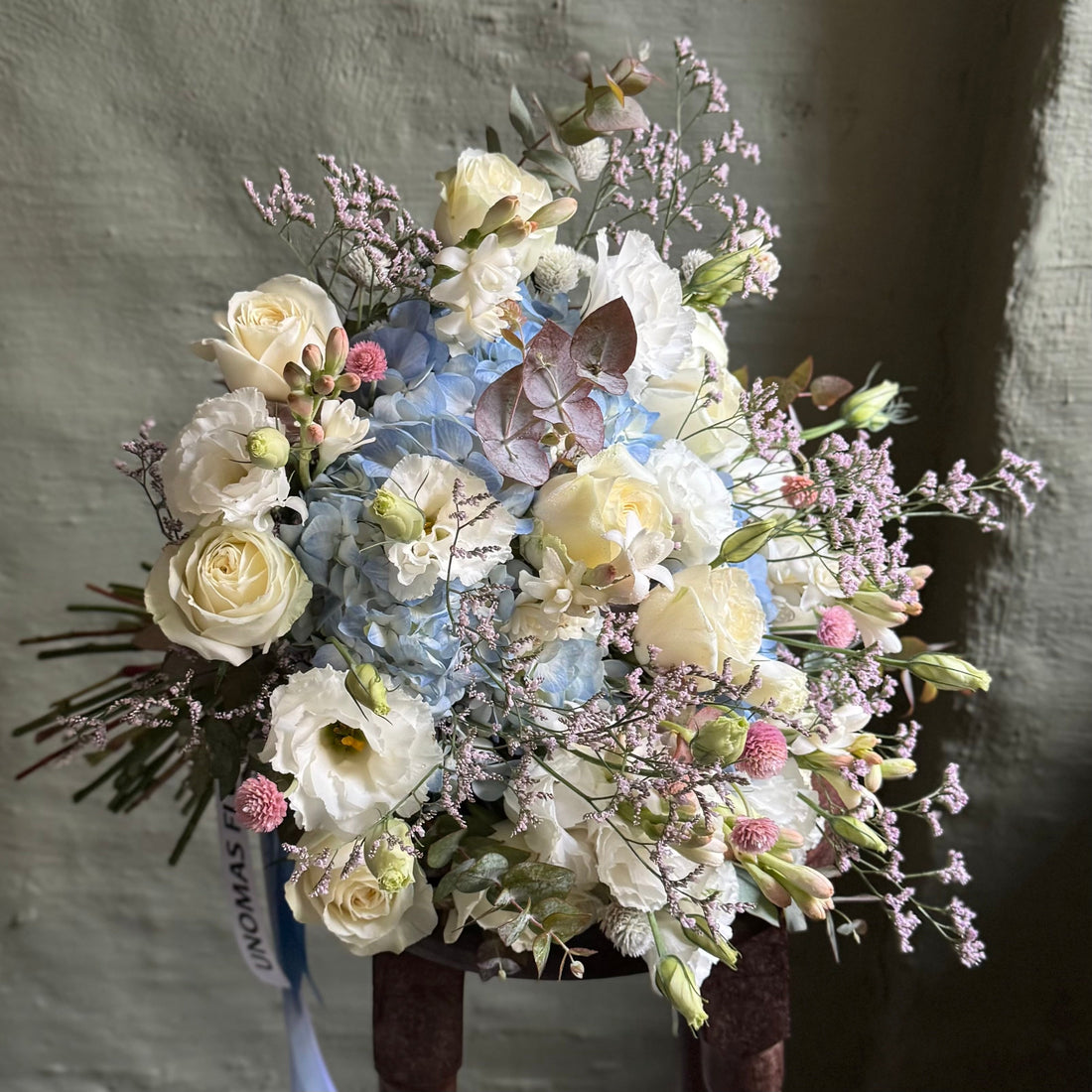
Flower Allergens: What You Should Know Before Choosing A Bouquet
A Practical Guide for Allergy-Conscious Flower Selection
1. Why Flowers Trigger Allergic Reactions
While fresh flowers are often associated with beauty, celebration, and elegance, they can also be a source of discomfort for individuals prone to allergies. The primary causes include:
- Airborne pollen, especially from flowers with exposed stamens or lightweight pollen grains.
- Strong natural fragrances emitted from petals and leaves.
- Mold spores, which may grow on damp stems or in waterlogged arrangements.
- Contact allergens, such as plant sap or microscopic leaf hairs.
These substances can provoke immune responses in both humans and animals, mistaking harmless elements for threats and triggering histamine release.
2. Signs You Might Be Allergic to Cut Flowers
Allergic reactions vary in intensity and presentation. Common signs include:
- Sneezing, nasal congestion, or runny nose
- Itchy, red, or watery eyes
- Skin irritation or rashes after contact
- Coughing, wheezing, or difficulty breathing
- Headaches or fatigue in enclosed environments with floral arrangements
For pets, especially cats, symptoms may include itching, licking, sneezing, swelling around the face, and digestive upset if they've chewed or ingested plant material.
3. Low-Allergen Flowers to Choose
If you or someone in your household is sensitive, the following flowers are considered safer options due to low pollen production or enclosed structures:
- Roses (especially unscented varieties with tight petals)
- Orchids (such as Phalaenopsis)
- Carnations
- Tulips (non-fragrant types)
- Calla lilies
- Hydrangeas
- Lisianthus (Eustoma)
- Iris
These flowers are suitable for allergy-conscious environments and recommended for bouquets intended for newborns, where delicacy, reduced fragrance, and low allergenic risk are especially important. Ensure they are sourced fresh, mold-free, and without added artificial fragrance or glitter.
4. High-Allergen Flowers to Avoid
Certain species are known to release large amounts of pollen or possess intense fragrances that exacerbate symptoms:
- Lilies
- Mimosas (Acacia species)
- Asters, daisies, and sunflowers
- Chrysanthemums, depending on the variety
- Hyacinths and daffodils (fragrant and sap-irritating)
- Wildflowers and ornamental grasses
These should be avoided in allergy-prone households, particularly if pets or children are present.
5. What to Do if Symptoms Occur
If you notice allergy-like symptoms after bringing flowers into your home:
- Do not open windows immediately, as this may allow pollen to spread more widely through the air.
- If your bouquet includes high-pollen flowers such as daisies, chrysanthemums, sunflowers, or gerberas, lightly mist them with water using a spray bottle.
- Rinse your eyes and nasal passages with clean water or a saline solution.
- Take an antihistamine, only as recommended by a healthcare provider.
- Consult an allergist for diagnosis and long-term guidance.
- Thoroughly clean the space, including a damp wipe-down of surfaces to remove lingering pollen particles.
In environments with heightened sensitivity—especially with children, pets, or individuals with asthma—prevention is the most effective approach. Inform florists in advance and choose low-allergen flowers to reduce risk.
